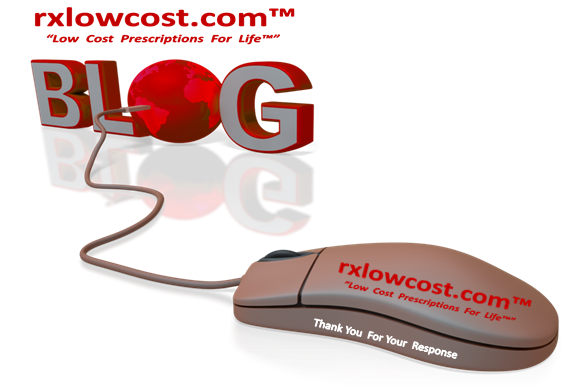How Are You Faring Rising Prescription Cost?
Welcome to our Blog:
According to a recent Consumer Survey, despite having access to health benefits, 40 percent or more of United States citizens have difficulty affording their prescription drugs.
According to Thomas Goetz, MPH, head of research, a recent survey queried 1,060 respondents about their prescriptions between October 29 and November 2.
Survey results found that roughly 70 percent of Americans reported taken one or more medication and that little less than half received their health benefits through their employers.
“Despite the fact that nearly all survey respondents reported they had some health insurance coverage for medications, the analysis reveals that a full one-third of Americans have trouble paying for their medication – forcing them to borrow money, skip out on food or housing, or even not fill their prescriptions altogether because of the expense.”
“And more than a third say they are paying more for their medications than a year ago the survey found.”
Researchers pointed out half a dozen key takeaways with serious repercussions for providers and payers responsible for maintaining the good health of these individuals.
If any of the following situations represent you or someone you know, we would like to here about it in or blog.
SKIPPING THE LINE ENTIRELY (WE WELCOME YOUR RESPONSE )
Cost led one-third of respondents to skip purchasing a prescription one or more times, a red flag that could lead to costly medical interventions should a person’s condition deteriorate and require emergency care.
RISING COSTS TO CONSUMERS (WE WELCOME YOUR RESPONSE)
While the majority of respondents (52.5%) saw no change in the cost of their drugs over the past year, a sizeable portion (36.3%) saw higher prices. Only slightly less than 6 percent reported declining prices.
SAVINGS ACCOUNTS TO THE RESCUE (WE WELCOME YOUR RESPONSE)
That’s if an individual has one. Close to one-fifth (18.8%) of respondents dipped into these funds to pay for prescription medicine. Meanwhile, approximately 12% did have not such safety account to fall back on. The vast majority of respondents (69.3%) found no need to access their savings.
SOCIAL DETERMINANTS OF HEALTH (WE WELCOME YOUR RESPONSE)
Financial strain is leading consumers to choose between their medications and basic necessities, with 18 percent reporting food and housing insecurities as a result of having pay for prescriptions. Less than one-fifth (18%) have had to borrow money from family or friends, secure a loan, or seek bankruptcy protections all because of medication costs.
COUPONS FOR THE WIN (WE WELCOME YOUR RESPONSE)
Almost forty percent of respondents (39%) stated they used a discount or coupon to help afford prescriptions, which proves to be a boon for those seeking commonly prescribed generic medications. So there’s at least one sign of hope.
HEALTH INSURANCE ENSURES LITTLE (WE WELCOME YOUR RESPONSE)
Despite the overwhelming majority of respondents (94%) having health insurance that should help pay for prescriptions, a sizeable percentage (42%) still report paying for medications as somewhat to very difficult. It should be noted that the bulk of respondents (47.5%) received prescription coverage through their employers, nearly three times as many as those covered under Medicare Part D or other insurance.
These findings build on research conducted by the Kaiser Family Foundation and published in 2017. The study found that of more than 40 percent (43%) of adults with health insurance struggle to afford their deductibles and slightly fewer (33%) struggle with the premiums.
Prescription costs factor into the affordability of healthcare with 21 percent of respondents choosing not to fill their medication because of cost.
“Overall, half are at least somewhat worried that they won’t be able to afford needed health care services,” wrote DiJulio et al.
“About one-third of Americans say they are ‘very worried’ about their income not keeping up with prices, followed closely by about one-fourth who are ‘very worried” about not being able to afford health care services they think they need (25 percent), losing their health insurance (22 percent), or not being able to afford prescription drugs (21 percent).”
Taken together, the most recent findings indicate an uptick in the number of individuals unable to afford their prescriptions at a time when all signs point to increased prices barring regulatory or legislative action to curb the rise.
Federal efforts are indeed aimed to address drug pricing, with CMS having proposed a rule in October to enhance price transparency. However, that is unlikely to redress variation in benefits coverage by payers responsible for leading consumers to abandon certain medications based on cost.

